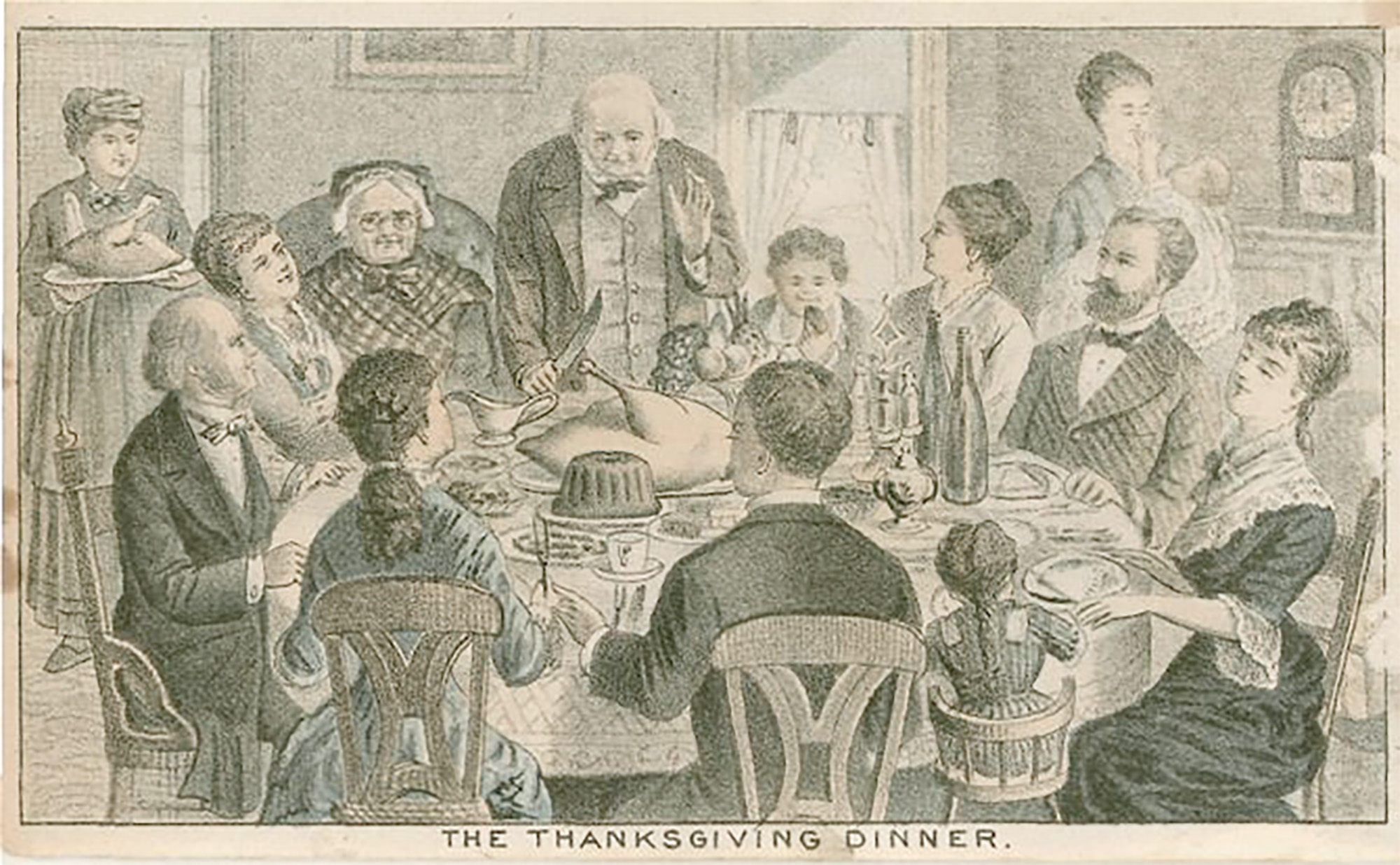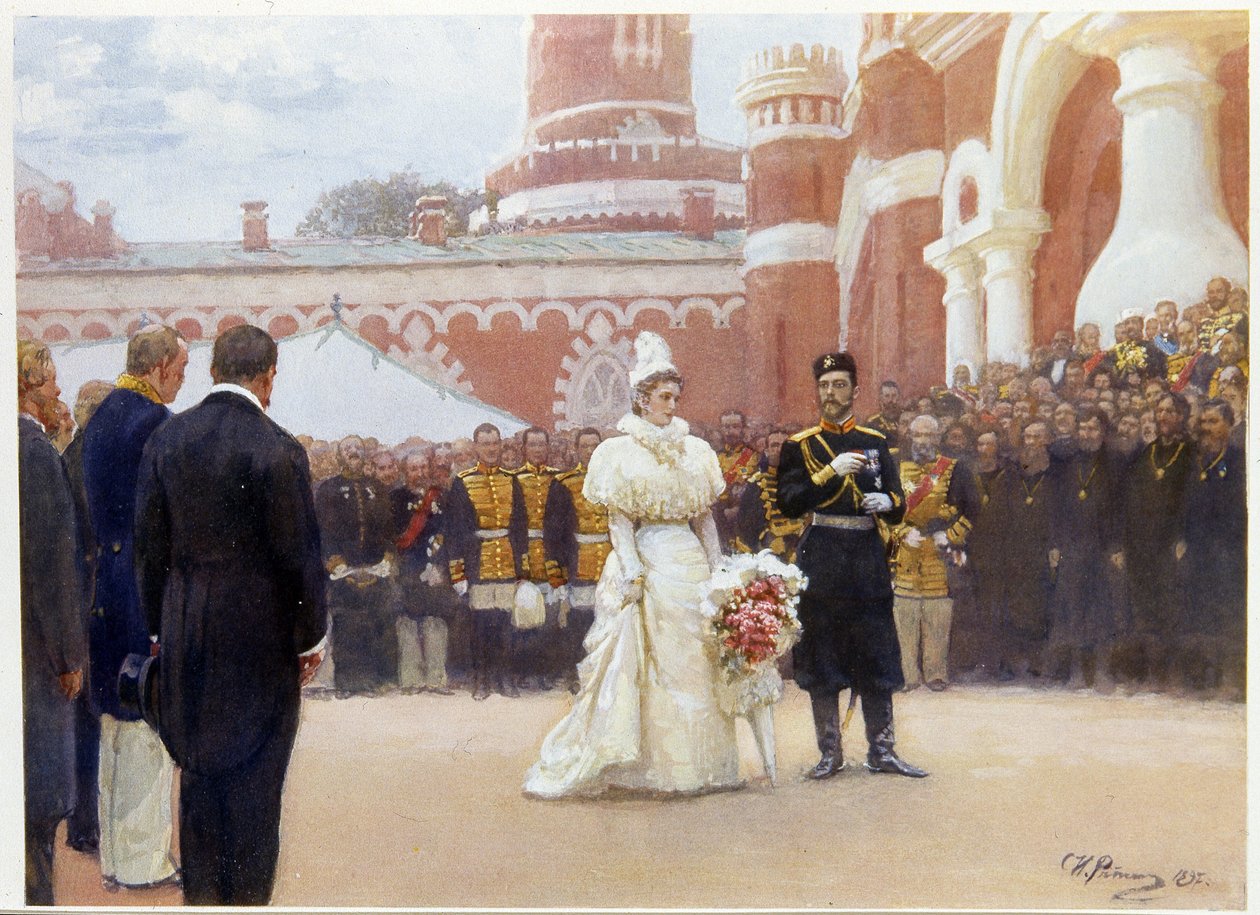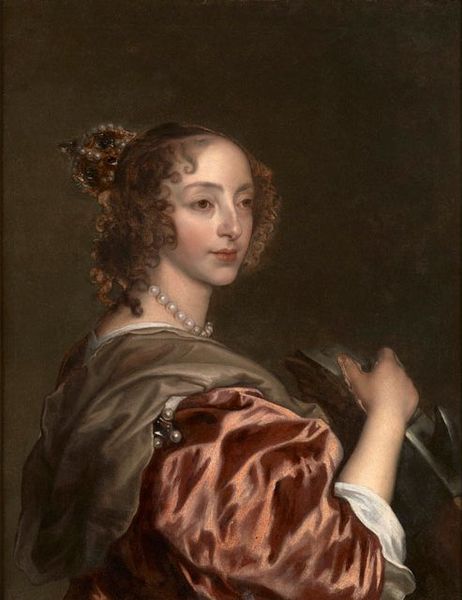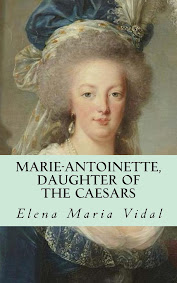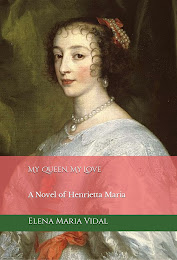It's a Wonderful Life, originally a box office flop, has now been part of the American Christmas movie repertoire for decades. My husband owned a VHS copy when I first met him and after we were married it became our custom to watch it at least once during the Christmas season. We are always struck by the emphasis on the preciousness of a single human life. George Bailey, who thinks himself a failure, is granted the gift of seeing what the world would be like if he had never been born; it is not a pretty sight. One life touches so many others, even in a backwater town like Bedford Falls. Although most of the characters appear to be Protestant, there are many Catholic elements in the secular film. The power of intercessory prayer, the mediation of the angels and saints, are central themes. Yes, I know that departed souls never become "angels." Clarence calls himself one and is trying to "win his wings;" we always saw him as one of the Holy Souls on the brink of Paradise. He is sent to earth through the mediation of "Joseph" who I always assume is St. Joseph, patron of fathers. Frank Capra was an Italian Catholic, after all. According to an article in the Los Angeles Times:
In media interviews at the time, Capra did not portray it as a holiday film. In fact, he said he saw it as a cinematic remedy to combat what he feared was a growing trend toward atheism and to provide hope to the human spirit. In a moment of possible revisionism decades later, Capra said that he also realized that with the holiday season comes an inherent vulnerability in all humans, and that this uplifting tale might just ride on that sentiment.The town of "Bedford Falls" where the film takes place could be any number of towns in Pennsylvania that we have known, and James Stewart, who played George Bailey, thought so, too, saying:
Two months had been spent creating the town of Bedford Falls, New York. For the winter scenes, the special effects department invented a new kind of realistic snow instead of using the traditional white cornflakes. As one of largest American movie sets ever made until then, Bedford Falls had 75 stores and buildings on four acres with a three block main street lined with 20 full grown oak trees.
As I walked down that shady street the morning we started work, it reminded me of my hometown, Indiana, Pennsylvania.
The very ordinariness of the town, all the mundane, everyday actions, the hidden tears and disappointments and heartbreaks, as well as the joys, and even the petals from a small girl's rose, are shown as being the elements which go into making a "wonderful life," rather than great deeds and worldly successes. George Bailey had to give up all his youthful dreams of setting the world on fire in order to save the family business. Because he is man who loves justice and hates iniquity, he must stand up to the local tyrant on behalf of the poor of the town. An unfortunate turn of events leaves him frustrated and despairing. He is about to take his own life but is stopped by an act of Divine intervention.
Donna Reed is radiant as Mary, George's wife and his saving grace, who asks her children to pray for their father. She is an ordinary girl who becomes an ordinary wife; in spite of hardships she never loses her dignity or her hope. As for the other characters, they are what make it a most enjoyable film; it is bursting with unsophisticated but colorful personalities, just as in certain small towns I have known. As James Stewart himself would later say:
Today I've heard the filmed called 'an American cultural phenomenon.' Well, maybe so, but it seems to me there is nothing phenomenal about the movie itself. It's simply about an ordinary man who discovers that living each ordinary day honorably, with faith in God and selfless concern for others, can make for a truly wonderful life.Share







.jpg)
_Photo%2520by%2520Morgan%2520Amsellem%2520(27).jpg)
_photo%2520by%2520Hubert%2520Cecil.jpg)
_photo%2520by%2520Hubert%2520Cecil_4.jpg)













